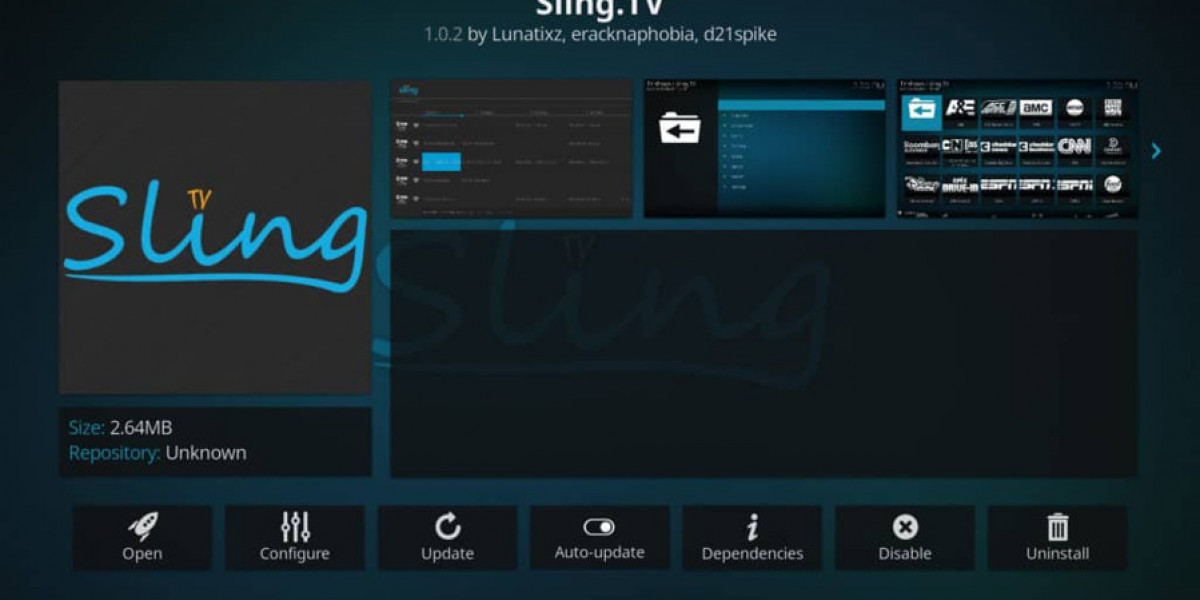Planning an AV network requires precision, clarity, and the right set of tools. From connecting multiple AV components to ensuring the right data flow, a solid AV network is the backbone of any audio visual installation. Whether it is a conference room, school auditorium, or a multi-zone commercial space, a well-planned AV network ensures seamless communication, media distribution, and control integration. This is where X-Draw by XTEN-AV becomes a game changer.
XTEN-AV is a leading platform in the world of AV Design Software. With a suite of intelligent AV Design Tools, it offers professionals everything they need to plan, visualize, and execute AV projects effectively. At the heart of this platform is X-Draw, a powerful cloud-based drawing tool that simplifies AV network planning. In this blog, we will explore how to use X-Draw to design AV networks, connect devices intelligently, and build future-proof systems.
Why Network Planning Is Critical in AV Design
In today’s digital world, most AV systems are network-centric. From IP-based video distribution and networked audio to cloud-controlled systems and IoT integrations, the AV network is the critical link that keeps all components in sync. If the network design is flawed, even the best equipment cannot deliver optimal results.
Proper AV network planning helps to:
Ensure signal integrity and data flow
Reduce latency and downtime
Simplify troubleshooting and future upgrades
Improve system control and monitoring
This is why AV professionals need modern AV Design Software like XTEN-AV that makes the process intuitive and accurate.
Getting Started with X-Draw
X-Draw is the core visual design engine of XTEN-AV. It allows you to create rack layouts, wiring diagrams, signal flows, and AV network schematics. Being cloud-based, it offers collaboration, version control, and access from any location or device.
Here is how you can use X-Draw to plan your AV network step-by-step.
Step 1: Launch X-Draw from Your XTEN-AV Dashboard
After logging into your XTEN-AV account, go to your project dashboard and open X-Draw. You can either start a new diagram or edit an existing one. Select the diagram type as “AV Network” or “Signal Flow” depending on your requirement.
Step 2: Define Network Zones and Spaces
A good AV network diagram starts with defining different areas or zones. For example, you might have separate network segments for classrooms, meeting rooms, control centers, and server closets. Use X-Draw shapes and tools to label these zones. This helps in organizing the flow of devices and planning IP addressing or VLAN configurations later on.
Step 3: Drag and Drop Devices from the Library
One of the strengths of X-Draw is its massive product library. Search and select real-world AV equipment such as network switches, DSPs, encoders, decoders, cameras, controllers, and more. Drag and drop them onto the canvas. Each component includes accurate dimensions and technical details to ensure your network plan mirrors real-life scenarios.
Step 4: Connect Devices with Network Cables
With your devices in place, begin connecting them using X-Draw’s smart cable tools. You can define the type of connection, such as Cat6, fiber, or HDMI over IP. X-Draw helps you draw clean and logical connections, automatically snapping endpoints to correct ports. It also allows you to add labels for port numbers, IP addresses, and bandwidth requirements.
Step 5: Assign Roles and Functions to Devices
To keep your network organized, assign roles or labels to each device. For example, identify which devices are signal sources, which are control points, and which act as bridges or extenders. You can use the annotation tool in X-Draw to add notes, group devices by function, or tag mission-critical hardware.
Step 6: Add Network Infrastructure Details
An AV network is not just about AV devices. Include infrastructure elements such as routers, patch panels, PoE switches, wireless access points, and firewall gateways. This helps IT teams understand how the AV system fits into the larger building network. X-Draw allows you to customize your diagram to include these components with their relationships clearly mapped.
Step 7: Use Layers to Organize Complexity
For larger AV projects, network planning can get complex. X-Draw offers the ability to use layers, allowing you to separate audio traffic, video paths, and control signals. You can toggle these layers on and off for easier visualization and focused reviews.
Step 8: Auto-Generate the Bill of Materials
As you place equipment and cables on your diagram, XTEN-AV auto-generates a Bill of Materials. This feature is extremely useful for budgeting, procurement, and ensuring design accuracy. You can view the full list of components, quantities, and specifications at any time during the design process.
Step 9: Export, Share, or Collaborate
Once your AV network diagram is ready, you can export it in various formats such as PDF, PNG, or as part of a larger proposal. You can also share the design with clients or team members directly via the XTEN-AV platform. The cloud-based nature of X-Draw makes collaboration seamless and real-time.
Step 10: Link Network Diagram to Other System Drawings
One of the major advantages of using AV Design Software like XTEN-AV is that your network diagram is not an isolated drawing. You can link it to rack elevations, room layouts, signal flow diagrams, and wiring plans. This unified approach ensures consistency across the entire project.
Why X-Draw Is the Best Tool for AV Network Planning in 2025
X-Draw is not just a diagram tool. It is part of a full AV Design Software ecosystem designed to make life easier for AV professionals. Here is why it stands out among other AV Design Tools:
Accurate Manufacturer Database: Updated library with real products
AI Integration: Smart recommendations and error checks
Intuitive Interface: No steep learning curve
Collaboration Ready: Perfect for teams across locations
Cloud-Based: Access designs anytime, anywhere
Documentation Support: Proposals, diagrams, and BOMs in one place
Whether you are designing AV networks for educational institutions, corporate offices, or entertainment venues, X-Draw delivers the clarity and functionality needed to get the job done right.
Conclusion
Planning an AV network is one of the most critical parts of any audio visual installation. It requires an understanding of system flow, device interaction, and infrastructure compatibility. With X-Draw by XTEN-AV, professionals can design clean, organized, and technically accurate AV network diagrams in a fraction of the time.
If you are looking for powerful and intelligent AV Design Tools that integrate seamlessly into your workflow, X-Draw is the go-to solution in 2025. From concept to completion, it supports every stage of your AV network design with clarity, collaboration, and confidence.







